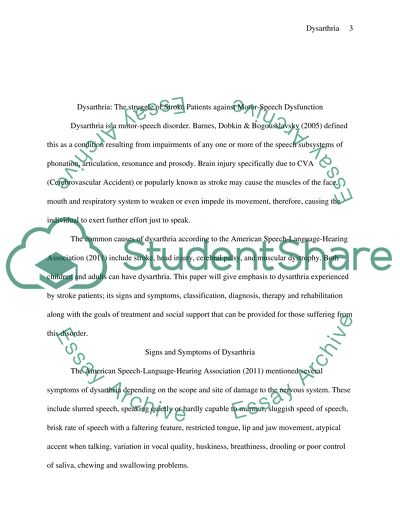Cite this document
(“Dysarthria: the Struggle of Stroke against Motor=Speech Disfunction Research Paper”, n.d.)
Retrieved from https://studentshare.org/health-sciences-medicine/1432163-dysarthriaa-motor-speech-disorder-in-stroke
Retrieved from https://studentshare.org/health-sciences-medicine/1432163-dysarthriaa-motor-speech-disorder-in-stroke
(Dysarthria: The Struggle of Stroke Against Motor=Speech Disfunction Research Paper)
https://studentshare.org/health-sciences-medicine/1432163-dysarthriaa-motor-speech-disorder-in-stroke.
https://studentshare.org/health-sciences-medicine/1432163-dysarthriaa-motor-speech-disorder-in-stroke.
“Dysarthria: The Struggle of Stroke Against Motor=Speech Disfunction Research Paper”, n.d. https://studentshare.org/health-sciences-medicine/1432163-dysarthriaa-motor-speech-disorder-in-stroke.


